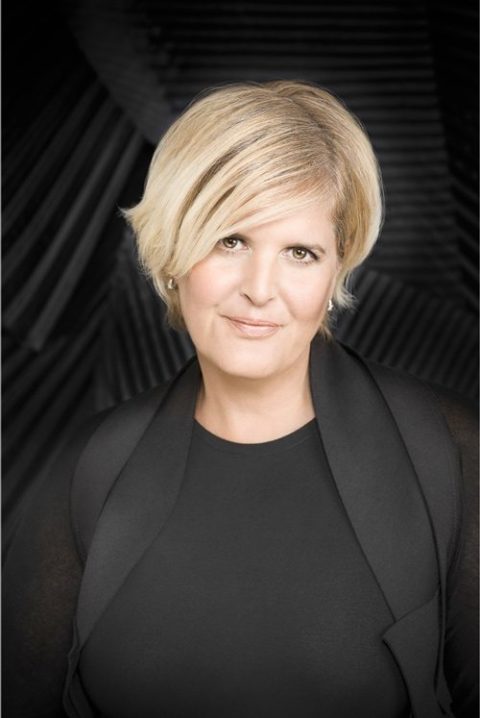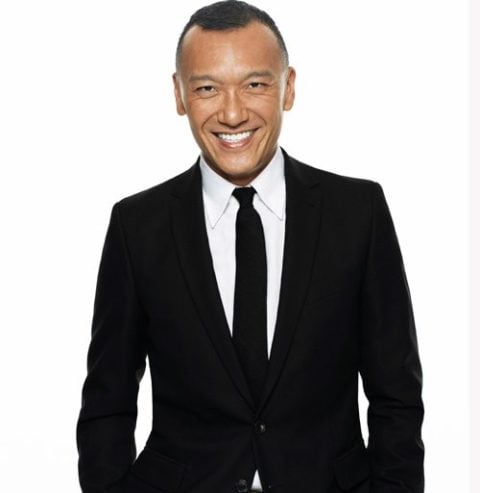What is the state of Canadian fashion? CAFA’s nominated designers and attendees discuss where we’re really at


On Saturday night, the second annual Canadian Arts and Fashion Awards (CAFA) will fête the best in homegrown talent, handing glittering trophies to designers, models, and stylists integral to the local fashion industry. As evidenced by last year’s kick off, the event is a glamorous red carpet throwdown attended by the who’s who of Canadian fashion. This year, the event promises to be no less OTT, with expats Joe Zee, Brad Goreski and stylist Leslie Fremar amongst the A-list attendees.
But while celebrating homegrown talent is all well and good, it’s been a tough year for Canadian fashion with both Jeremy Laing and Lida Baday retiring their lines and retailers like Smart Set and Jacob closing up shop. We reached out to some of the nominated designers and personalities for some real talk as to what the current state of Canadian fashion really is. Are we going to make it after all?

Sid Neigum
Nominee, Swarovski Award for best Emerging Talent
What do you think the state of Canadian fashion is right now?
I think Canadian fashion is in a slow growth period. It’s fickle; designers and retailers come and go quickly. It’s challenging, but there seem to be more and more support programs each year. Programs like TFI New Labels, Mercedes Benz Start-Up with IMG, and The Canadian Arts and Fashion Awards certainly help a lot!
How can it improve, both on a global scale and here at home?
Retail support is the number one thing Canadian designers need. I sold my collection to five other countries before Canada. America gives huge support to its up-coming talent, from all angles; Canada (from my experience) waits until the product is sold in U.S. department stores or Europe. On one hand many designers aren’t ready for a retailer like Holt Renfrew, and on another, more opportunities could be given to Canadian brands.

Marie Saint Pierre
Nominee, Womenswear Designer of the Year and Lifetime Achievement Award
What can be done to improve the fashion industry, from your perspective?
I tend to feel that there are very few players in the Canadian luxury goods industry, because it takes time and money to build. People tend to venerate things that are done quickly, which is not the path of luxury.
Furthermore, you have to build a chain of local suppliers in order to maintain quality or, alternatively, move to another country (like DSquared). Outside Canada, designers benefit from pre-established infrastructures. In order to build something that will last and also benefit others, I choose to work locally.
Are you hoping to stay here? Or expand internationally?
In this business, you have to expand—otherwise, you die. There is no status quo possible. Now that Maison Marie Saint Pierre has secured a high-end production chain, we are expanding (nationally and internationally) at a rate of 30% per year. We are opening our first brick and mortar store in the US in a couple of months. Stone by stone, we are building one of the first Canadian luxury houses.

Joe Zee
Host and Recipient of the Vanguard Award
What do you think the state of Canadian fashion is right now?
I love how much the Canadian fashion scene has grown from the time I grew up here to now. Seeing the level of talent and growth with the CAFA nominees has been great and I think we are at a very interesting time with Canadian fashion, where it’s primed to really break out and have that distinct signature unique to the country.
Who is your favourite Canadian success story?
I grew up with Dean and Dan in the Toronto nightlife scene, so seeing what they’ve done with their brand and their sensibility has been great, especially the spotlight they’ve shined on Canada with their success. But I also love Erdem, who’s done beautiful things as well.
You left Canada to become successful, do you think that needs to be the case for others?
I don’t know that I necessarily left Canada to be successful, but more that I wanted to be a part of the magazine publishing industry in New York and, luckily, have done some amazing things there.
Also, it was a time where so much of fashion existed in a bubble and New York was the hub of it. Today, it’s different with the Internet: it has allowed fashion to be more global right at home. The fashion world has always existed at the four centers: New York, London, Paris and Milan, but I think today, the time is primed to introduce new areas.

Alex Cirka and Noelle Hindi, The Leather Atelier
Nominees, Swarovski Award for best Emerging Talent
What’s the biggest challenge that comes with starting a small business in Canada?
Having a brand is expensive. Local retailers and consumers need to support their own talent to push the longevity of Canadian fashion. With local support brands can grow their awareness and gain the attention of retailers and consumers on a national and international level.
Brad Goreski
Presenter
What needs to happen for Canadian fashion to make the international leap?
Visibility is important. Making sure we are supporting our own Canadian designers and giving them the ability to continue producing their lines is essential.

Ela and Martin Aldorsson, ela Handbags
Nominees, Accessory Designer of the Year
What can Canada learn from international markets?
Ideally, we would want Canadians to embrace their homegrown brands in a similar way that for example the Swedes do with brands such as Filippa K, Acne, Nudie etc. Swedes proudly wear these brands from head to toe. From a grassroots perspective, this would help Canadian brands to grow at home and abroad. When it comes to national growth, the biggest challenge for a Canadian brand is that, due to the size of the Canadian population, a brand must first grow internationally to achieve longevity.
A challenge for young Canadian fashion brands is the lack of financial and mentoring support from the government and the fashion industry. This became very evident when we entered the U.S. market a few seasons back. Nearly all of our U.S. competitors have received grants and/or mentoring support from the CFDA and similar organizations. But, that is why we are very excited about initiatives such as CAFA, as it helps promote and support Canadian fashion talent and help brands compete on a global stage.
How do you envision the future of your brand?
It can be very tempting to jump on every opportunity, but we are trying to perfect the way we walk before we run. We’ve also realized that there is no set formula for how to build and run a successful fashion business. It all comes down to hard work, listening, adapting and being flexible to the market needs while being true to your philosophy and vision.
Malorie Urbanovitch
Nominee, Swarovski Award for best Emerging Talent
How can the Canadian industry improve, both on a global scale and here at home?
Working from Edmonton is both an advantage and a disadvantage for me. It gives me a different perspective than designers in the East, but resources are lacking. A better trade agreement between Canada and Europe would make a huge difference for me.







